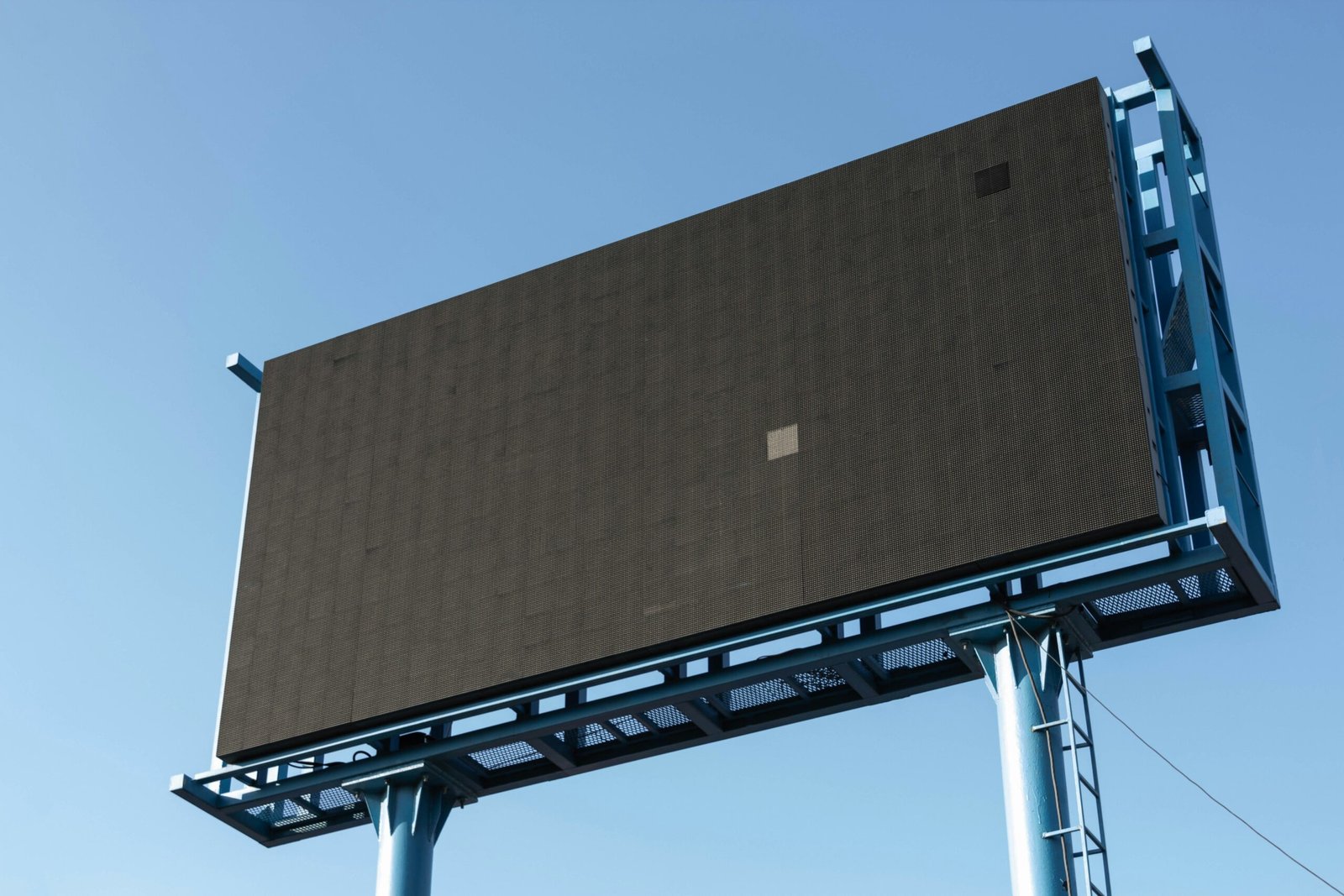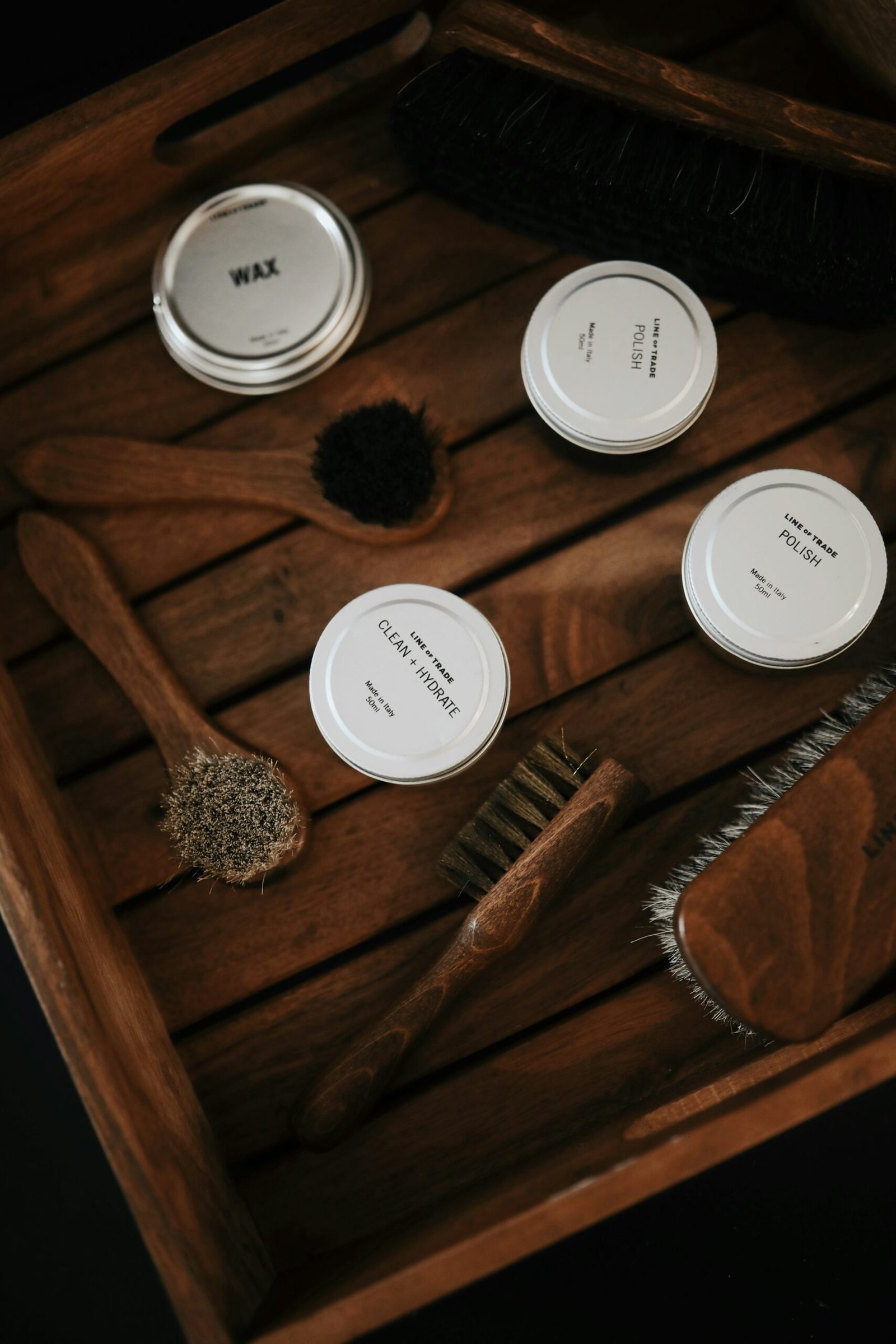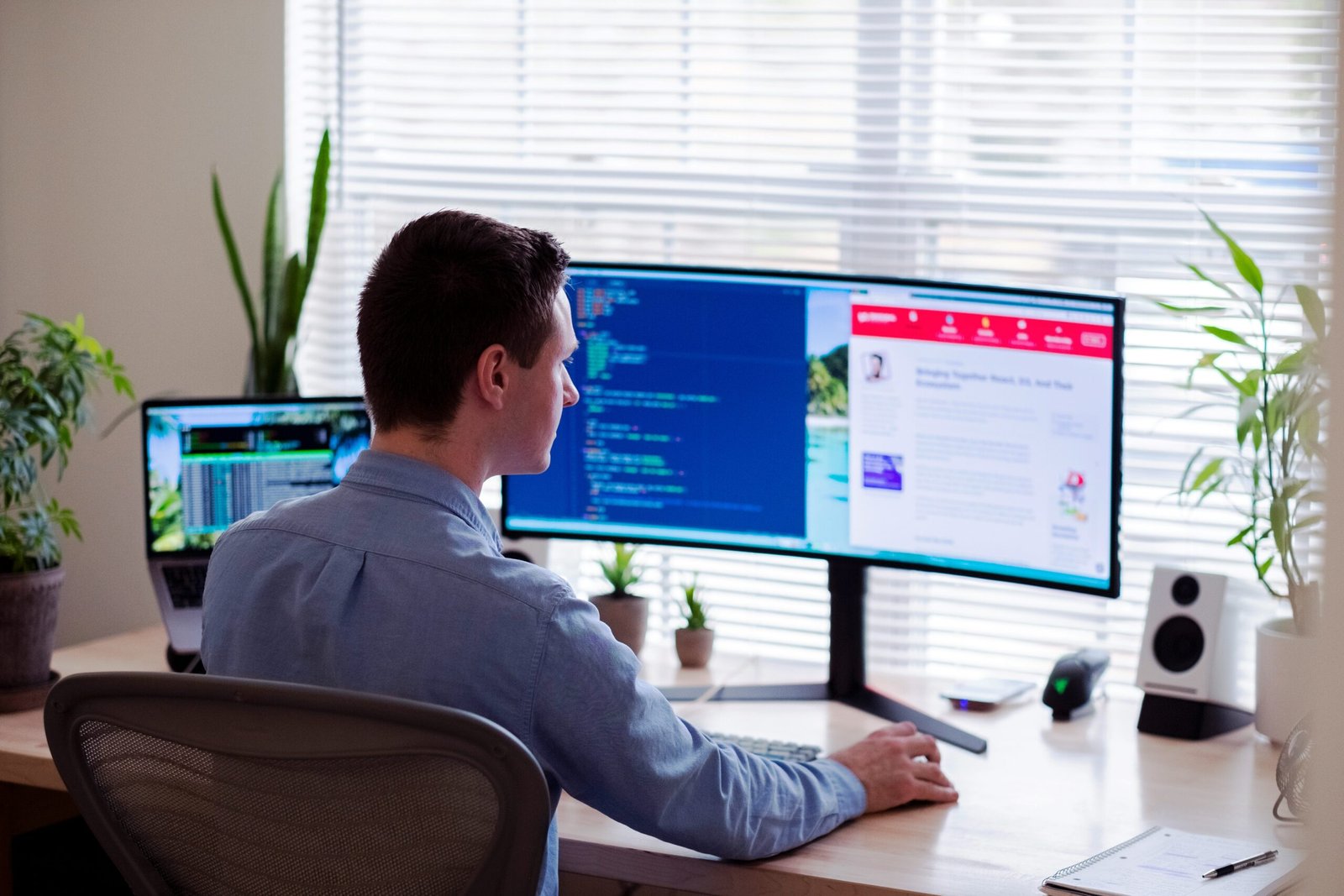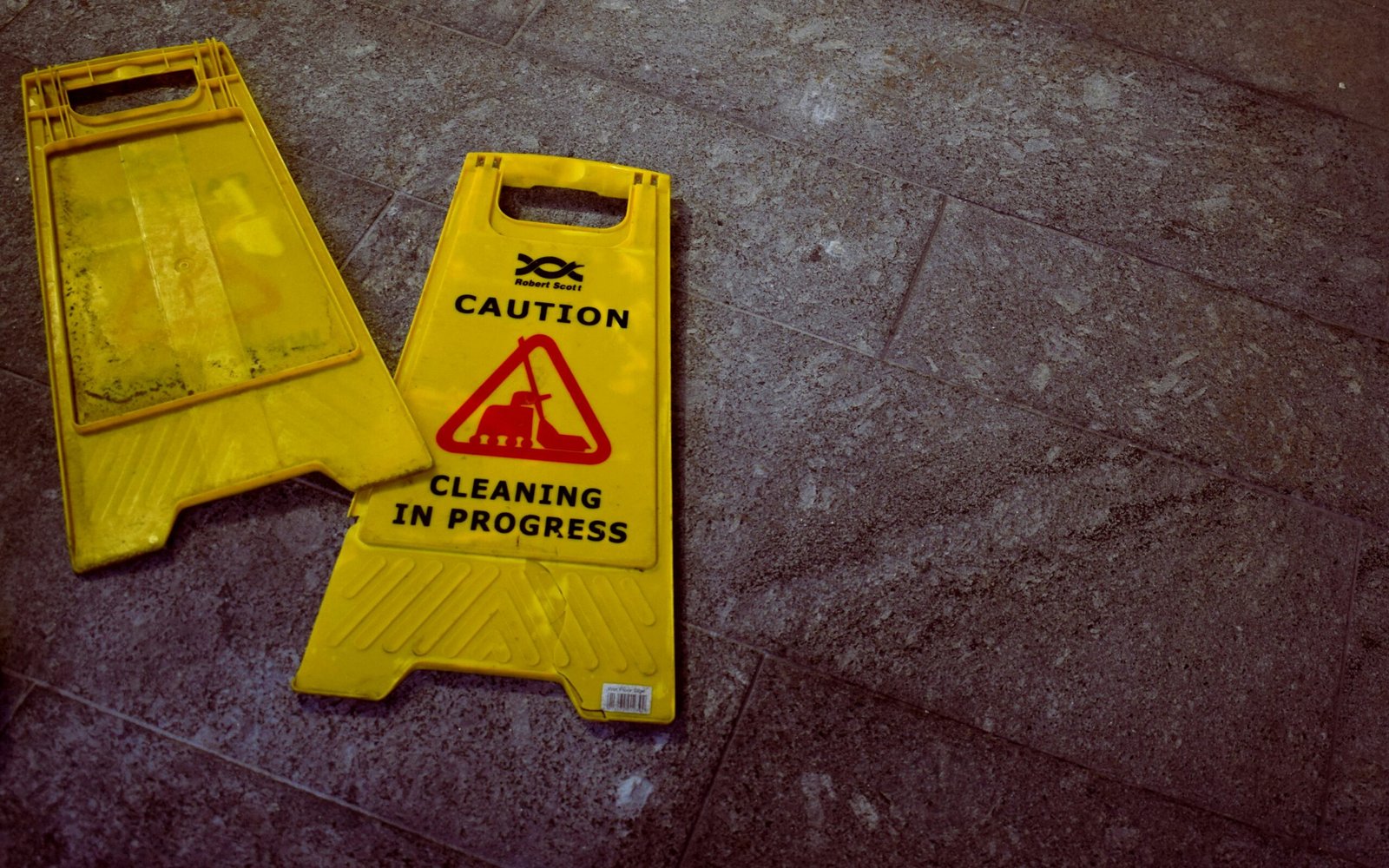Can You Clean an LCD Screen with Vinegar?
Understanding the Composition of an LCD Screen
LCD screens are prevalent in a variety of devices, from televisions to computer monitors and mobile phones. To understand how to properly care for and clean these screens, it’s crucial to grasp their intricate composition. An LCD, or Liquid Crystal Display, relies on a complex structure where liquid crystals are sandwiched between thin layers of glass or plastic. These liquid crystals are critical in modulating light to create the images we see when they are aligned under an electric field.
Alongside the liquid crystals, LCD screens incorporate polarizing panels. These panels are essential as they filter light, enabling the liquid crystals to display vibrant and contrasting images. Typically, two polarizing filters orient light passing through the screen, ensuring that the light waves are synchronized correctly. Between these layers lies a matrix of thin layers of conductive materials, often comprising indium tin oxide (ITO), that facilitate the pixel-by-pixel modulation of the display.
Given the delicate and intertwined nature of these materials, understanding this structure is paramount when considering how to clean an LCD screen. The liquid crystals, polarizing panels, and conductive materials are sensitive to both chemical interactions and physical pressures. Using inappropriate substances or techniques, such as harsh chemicals or abrasive materials, can damage these components, leading to decreased performance or even permanent damage.
Specific cleaning agents, particularly those containing alcohol or ammonia, can erode the delicate conductive layers or leave residues that interfere with the liquid crystals’ function. Therefore, knowing the composition of an LCD screen not only underscores the importance of gentle handling but also guides the selection of safe cleaning substances to prevent any potential harm.
“`html
Cleaning Solutions: What Works and What Doesn’t
When it comes to maintaining the longevity and clarity of your LCD screen, selecting the right cleaning solution is paramount. Various options exist, including water, vinegar, isopropyl alcohol, and commercial screen cleaners, each with its own set of advantages and disadvantages.
Water, being readily accessible and non-toxic, seems a natural choice. However, without any solvent properties, plain water often fails to remove fingerprints and smudges effectively, potentially leaving streaks behind. Tap water, in particular, harbors minerals and impurities that can harm delicate electronic components.
Vinegar, commonly used in household cleaning due to its mild acidity, is frequently considered for LCD screen cleaning. Its acetic acid content effectively breaks down grime and grease. However, the same acidic property poses a potential risk to the screen coating and underlying electronic components. Using vinegar can result in the degradation of the anti-reflective coating, ultimately affecting display quality. It’s crucial to use diluted vinegar solutions, generally a 50/50 mix with distilled water, to mitigate these effects.
Isopropyl alcohol, particularly those with concentrations of 70% or lower, is another viable cleaner. It excels at dissolving oils and evaporates quickly, leaving minimal residue. However, similar to vinegar, it can strip away protective coatings if used excessively, leading to a dimmer screen over time. A diluted form, typically a 50/50 mix with water, is recommended for more delicate electronic surfaces.
Commercial screen cleaners provide a balanced middle ground. Most are formulated specifically for electronic screens, ensuring they are both effective and safe. These cleaners typically contain purified water and mild detergents that avoid the potential hazards associated with vinegar or isopropyl alcohol. Moreover, they are often anti-static, reducing the likelihood of dust and particles adhering to the screen post-cleaning.
In conclusion, while vinegar can be an effective cleaning agent, its use on LCD screens comes with significant caveats. Safer and perhaps more effective alternatives like commercial screen cleaners or properly diluted isopropyl alcohol are preferable to ensure both the safety and longevity of your LCD screen.
“`
Step-by-Step Guide to Safely Clean Your LCD Screen
Cleaning an LCD screen requires delicate handling and the right materials to maintain the screen’s integrity. Follow these steps to safely clean your LCD screen and ensure it stays free from streaks and damage.
1. Turn Off and Unplug
Before you start cleaning, make sure to turn off your device and unplug it. This precaution minimizes the risk of electrical damage and helps you see dirt and smudges more clearly.
2. Dust with a Microfiber Cloth
Using a soft, dry microfiber cloth, gently wipe the screen to remove dust and loose particles. Microfiber is preferred because it won’t scratch the screen. Avoid using paper towels, tissues, or old rags as these can be abrasive and leave residue behind.
3. Prepare a Cleaning Solution
Mix a small amount of distilled water with white vinegar or mild dish soap. The ratio should be around 1 part cleaning agent to 10 parts water. Avoid using harsh chemicals like ammonia or alcohol-based cleaners, as they can damage the screen’s coating.
4. Lightly Moisten the Cloth
Dampen your microfiber cloth with the cleaning solution. It’s important to use minimal moisture; the cloth should be lightly moistened, not soaking wet. Never spray the cleaning solution directly onto the screen as this can cause liquid to seep into the device.
5. Gently Wipe the Screen
With the dampened cloth, gently wipe the screen in a circular motion. Apply only light pressure to avoid damaging the screen. For stubborn smudges, you can apply slightly more pressure, but always be cautious.
6. Dry with a Clean Cloth
After cleaning, use a dry microfiber cloth to gently wipe the screen, removing any remaining moisture and preventing streaks.
Avoid These Cleaning Mistakes
To ensure your LCD screen remains in optimal condition, remember to avoid the following:
- Using paper towels, tissues, or rough fabrics, which can scratch the screen
- Applying excessive pressure that could damage the screen’s delicate surface
- Using harsh chemicals, which can degrade screen coatings
- Spraying cleaning solutions directly onto the screen
Following these precautions will help you safely and effectively clean your LCD screen.“`html
Maintaining Your LCD Screen for Long-Term Use
Proper maintenance is crucial for extending the lifespan of your LCD screen and ensuring it remains in optimal condition. One fundamental habit is regular dusting. Dust particles can accumulate on your screen, leading to reduced clarity and potential damage over time. Using a microfiber cloth for this task ensures that the surface is cleaned without scratching or leaving lint behind.
Avoiding direct contact with your fingers is another important practice. The oils from your skin can leave smudges and can potentially damage the protective coating of the screen. If you need to point at something on the screen, consider using a soft stylus or pointing tool. Additionally, using protective covers or screen protectors can safeguard your screen against accidental impacts and scratches, further prolonging its usability.
It is also vital to recognize when professional cleaning might be necessary. Stubborn stains, unexplained color distortions, or persistent dust inside the screen are indicators that it may be time for an expert’s intervention. However, routine basic cleaning should be sufficient in most scenarios to keep the screen in top shape. As a best practice, your LCD screen should be cleaned once every week or two, depending on its usage and the environment in which it is used.
Regular maintenance does more than just keep your screen looking good; it enhances the performance and durability of the device. By incorporating these simple yet effective habits into your routine, you can enjoy clearer visuals and a longer lifespan for your LCD screen. Proper care not only saves you money in the long run by avoiding the need for frequent replacements but also ensures a consistently high-quality viewing experience.
“`






